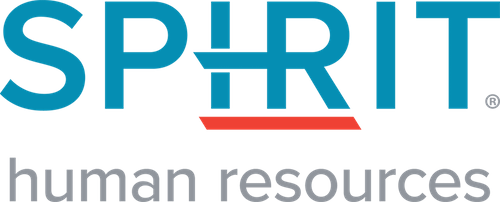Employee Development Plans Make Good Sense

Onboarding employees is expensive, so you want to maximize your investment through employee retention. A development plan is a good step towards retention.
Employees want to know they have opportunities to increase their knowledge and skill set. Working with them to create a path lets them know your interest in enhancing their professional growth.
5 steps to creating an employee development plan
1. Understand Your Business Needs
Consider your company’s goals. You must understand where the company is going before you can identify the skill sets your employees will need to help you get there.
Are you a growing company that will need to expand its management team? Do you need more product or technical experts to enhance your offering?
These and other questions will help you assess the skills needed to move your company forward.
2. Understand Employees’ Goals
Talk to your employees to understand their ambitions. Not every employee wants to move into management. Because someone excels at their current job does not mean they will be good at management. These are very different skill sets. Pushing an employee into a job they aren’t ready for can have devastating consequences.
Identify gaps in the current skill sets and the skill sets needed to move the company forward. Grooming employees now for future advancement will help you retain good talent.
3. Explore Different Training Methods
Today’s training comes in many forms. Explore different methods of training to suit different learning types:
Source online courses
Develop your own curriculum
Engage outside experts
Use industry resources
Develop on-the-job training
Establish mentoring with internal resources
Create expanded assignments or special projects
4. Develop a Plan
Clearly communicate the objective of the Development Plan. Employees need to understand your expectations and the benefits to them and the company.
Include employees in planning their development programs. Find out how they best learn so together you can select the best methods.
Identify specific and measurable goals. It is hard to see progress when plans are vague and subjective. Recognizing accomplishments along the way keeps employees motivated.
Learning should become a priority. Employees with increased skill-sets can handle greater responsibilities.
5. Put Learning to Work
One of the biggest mistakes organizations make is failing to put learning into action. In other words, time and effort are put into training new skills but employees are not given the opportunity to transfer their new knowledge into action.
Help employees apply new skills to their work environment. Learning is only one step in the process. Putting new skills to work will reinforce employees’ learning and increase their confidence levels.
A Win-Win
As employees become proficient in newly-learned skills they add more value to the company. Learning is a never-ending process. Allow employees to grow through continuous learning and increasing their value.
Latest Blogs from Spirit HR
Are You Wasting Money on HR? The Hidden Costs of Payroll, Benefits, and Compliance
The Hidden Costs of Managing HR the Old Way Many business owners believe they can’t afford a PEO (Professional Employer Organization). The truth? They’re already spending the money—but in an inefficient way. Most businesses rely on multiple HR service providers to...
Experience the New and Improved Spirit Connect
Running a business is hard—but managing HR doesn’t have to be. At Spirit HR, we are committed to making workforce management simpler, more efficient, and more intuitive for our clients. That’s why we’re excited to introduce new technology upgrades to Spirit Connect,...
Excellence in Action: How Spirit HR Achieves Near-Perfect NPS Scores
At Spirit HR, excellence isn’t just a goal—it’s the foundation of everything we do. Under the leadership of our President & COO, Marilyn Conyer, we’ve built a culture that drives exceptional service, reflected in our near-perfect Net Promoter Scores (NPS). In a...
